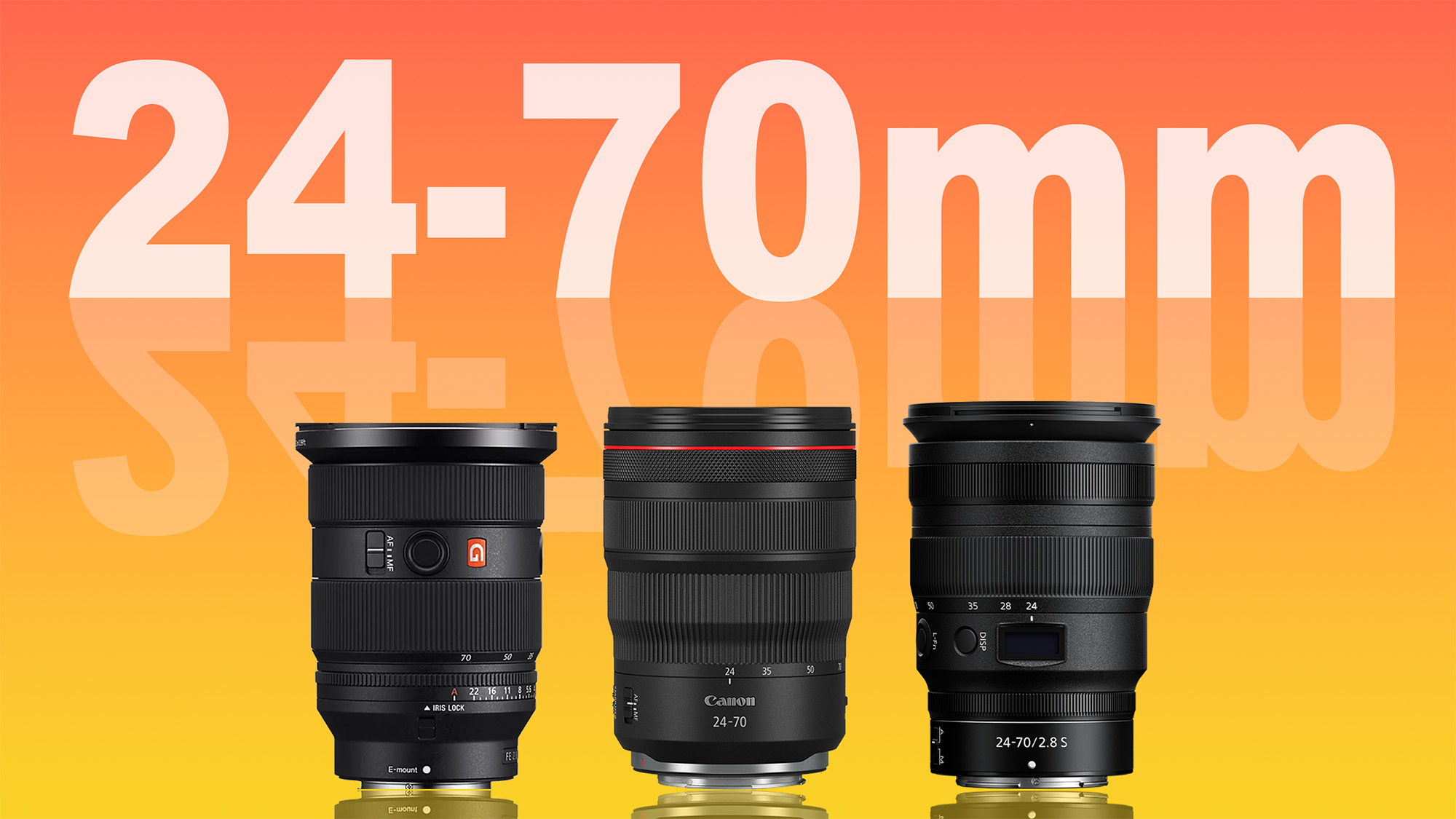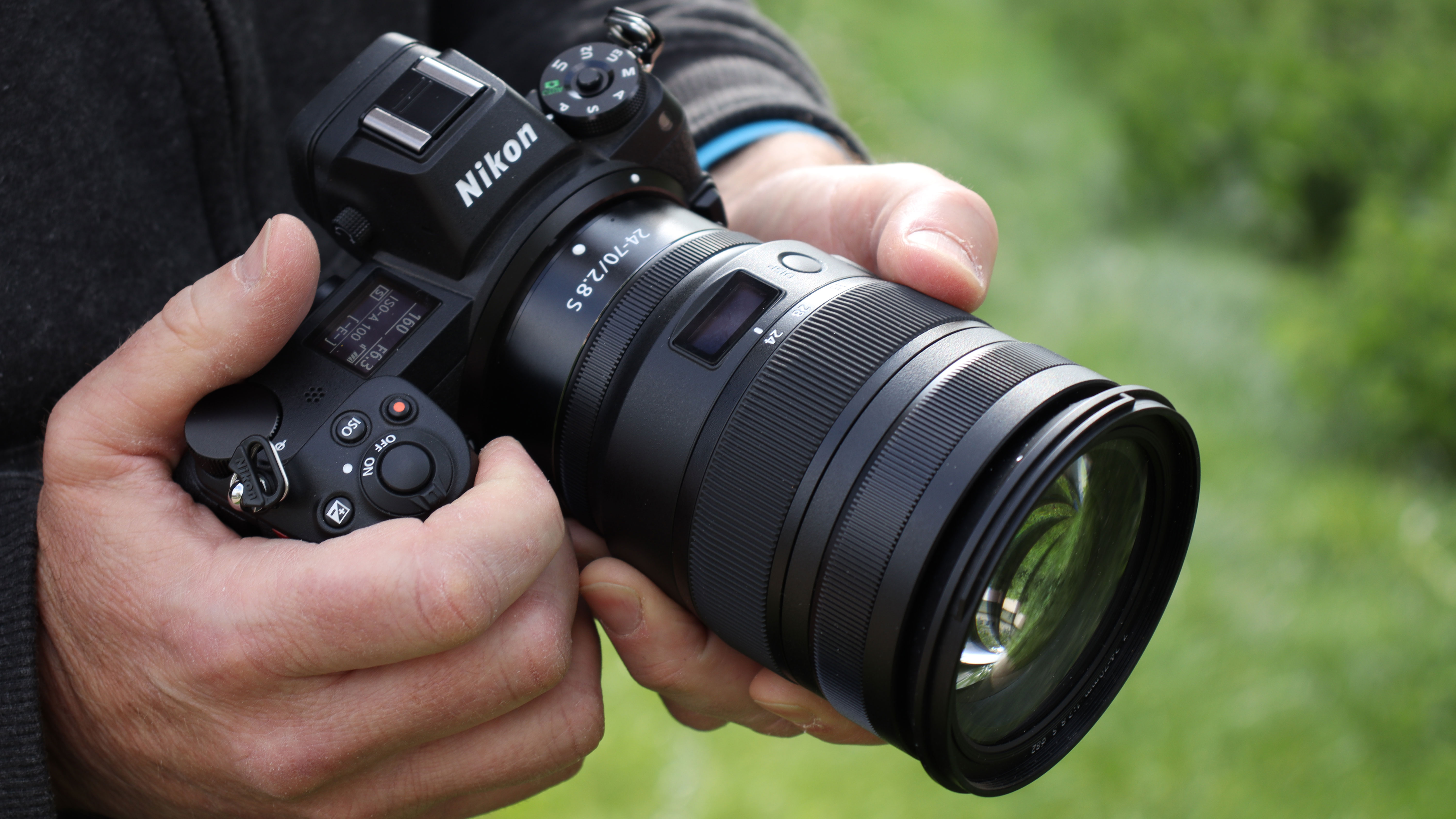Have you been using your 24-70mm lens wrong all along?
This photographer's ingenious standard-zoom hack could transform your relationship with your 24-70mm lens

I recently watched a YouTube video from portrait and landscape photographer Martin Castein titled 'Why the 24-70 is misunderstood'. Take the misunderstood bit with a pinch of salt – it's a snappy series title more than anything. But Martin raises some excellent points about, arguably, the best standard zoom lens. And he's an incredible photographer to boot, so he certainly knows what he's talking about.
He refers to the 24-70mm as a "nowhere lens" and, while that might seem a little harsh, it's an evocative way of saying that it's not wide enough to, say, satisfy an architectural photographer and doesn't quite reach the 85mm that portrait photographers so revere. It's a middle-of-the-road lens, so to speak.
I think most photographers see the 24-70mm – especially a fast f/2.8 example – as a kit bag staple. After all, it's the optic that transcends genres. If you're only going to buy one zoom, it's going to be a 24-70mm. And if you're a wedding or live music photographer, it's probably the lens you rely on most.
ABOVE: Watch the video and see if you're using your lens wrong!
But the problem that Martin has identified is that it's easy to end up with boring images, when shooting with a 24-70mm. And in his own words, this is because "People end up slamming the lens from 24 to 70 and not using the focal lengths much that are in-between." I agree with Martin wholeheartedly. And it's a problem I think plagues other zoom lenses, too. The 14-24mm comes to mind…
As we all know, when you use a prime lens you 'zoom' with your feet. But a zoom lens enables you to zoom via the lens and your feet. This additional choice can cause confusion as far as composition goes, and Martin has come up with a pretty ingenious solution.
He's built on the notion that you can work with a 24-70 as a set of prime lenses: Intentionally setting it to, say, 24mm, 35mm, 50mm and so on. But rather than pick a focal length and stick to it, he uses 35mm as his "default focal length". So every time he captures a shot or changes the composition, he'll return the zoom range to 35mm and work from there.
Get the Digital Camera World Newsletter
The best camera deals, reviews, product advice, and unmissable photography news, direct to your inbox!
Why this is so darned clever is that it forces you to 'reset' your composition by moving your feet. In other words, you won't be tempted to stay put and simply zoom in or out. And this is the key reason why it's easy to capture 'boring' compositions with this multi-tool zoom lens.
If you don't pay attention to where you're standing while zooming in and out at will, "the result is just going to be a mess. You're going to get inconsistent, boring photos that look like you didn't have any real intention when you're shooting them," to use Martin's own words.

If you don't shoot at 35mm very often, he suggests you can use any standard focal length that you shoot with most, so 40mm or 50mm would also work very well. The idea is that you get used to zooming with your feet and then refining your composition by zooming. And in doing so, reintroduce intention into your composition.
I think Martin's method is genius. It's the reason why I always suggest new photographers pick up a 'nifty fifty' and sink hours into that one focal length. Restrict yourself to one focal length and you'll supercharge your understanding of composition.
I'm a firm believer that creatives need restrictions or barriers to produce their best work. And by repeatedly setting your 24-70 to 35mm, you're imposing those restrictions on yourself and it's going to pay dividends in the long run.
So, why not try Martin's method the next time you pick up your camera? And in the meantime, check out his YouTube channel. He has more 'misunderstood' lens videos, brimming with expert opinion and tuition.
If you're into portrait photography, check out the best camera for portraits and if you're a photography newbie, check out the best cameras for beginners.

Mike is Digital Camera World's How To Editor. He has over a decade of experience, writing for some of the biggest specialist publications including Digital Camera, Digital Photographer and PhotoPlus: The Canon Magazine. Prior to DCW, Mike was Deputy Editor of N-Photo: The Nikon Magazine and Production Editor at Wex Photo Video, where he sharpened his skills in both the stills and videography spheres. While he's an avid motorsport photographer, his skills extend to every genre of photography – making him one of Digital Camera World's top tutors for techniques on cameras, lenses, tripods, filters and other imaging equipment – as well as sharing his expertise on shooting everything from portraits and landscapes to abstracts and architecture to wildlife and, yes, fast things going around race tracks...

